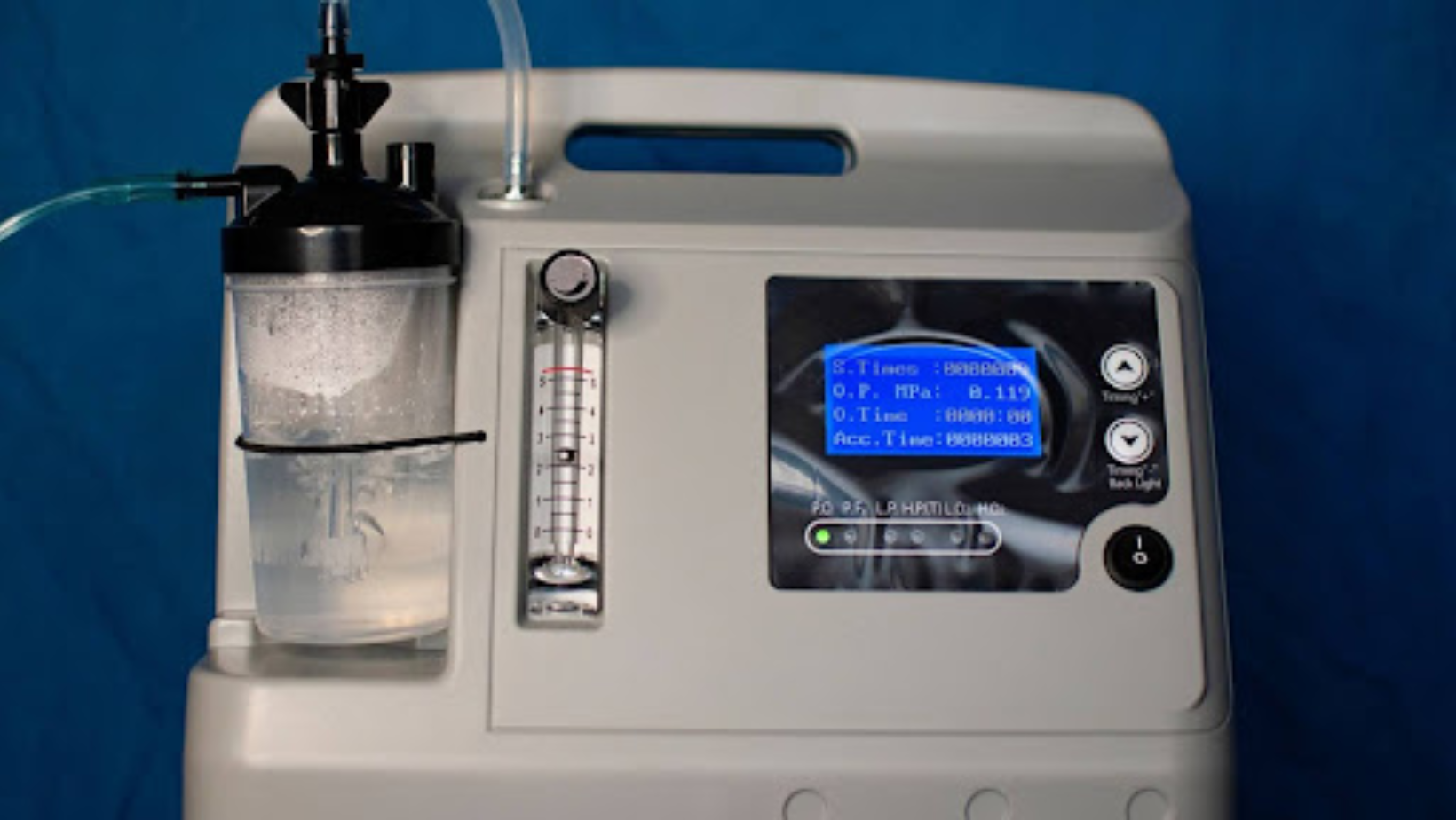
Are you or a loved one in need of a portable oxygen concentrator? With so many options available, it can be overwhelming to choose the right one.
In this article, we will delve into the world of portable oxygen concentrators, specifically comparing the Oxygo Next vs Inogen G5. These two concentrators are among the most popular and highly rated on the market, but which one is right for you?
Understanding Portable Oxygen Concentrators
Before we dive into the comparison, let’s quickly understand what portable oxygen concentrators are and how they work. These devices are designed to provide oxygen therapy to individuals who require supplemental oxygen.
They work by filtering the air around us, removing nitrogen, and delivering pure oxygen. This process is made possible by molecular sieve beds, which need to be replaced periodically.
Oxygo Next vs Inogen G5: Key Features
Both the Oxygo Next and Inogen G5 are high-quality portable oxygen concentrators, but they have some key differences. Here are the main features of each:
Oxygo Next
- Weight: 4.74 lbs. (single battery), 5.73 lbs. (double battery)
- Size: 7.19″ x 3.26″ x 8.15″ (single battery), 7.19″ x 3.26″ x 9.03″ (double battery)
- Oxygen Flow: Six pulse flow settings: 1, 2, 3, 4, 5, and 6
- Battery Life: Up to 6.5 hours (single battery), up to 13 hours (double battery)
- Noise Level: 38 decibels
Inogen G5
- Weight: 4.7 lbs. (single battery), 5.73 lbs. (double battery)
- Size: 7.19″ x 3.26″ x 8.15″ (single battery), 7.19″ x 3.26″ x 9.03″ (double battery)
- Oxygen Flow: Six pulse flow settings: 1, 2, 3, 4, 5, and 6
- Battery Life: Up to 6.5 hours (single battery), up to 13 hours (double battery)
- Noise Level: 38 decibels
Oxygo Next vs Inogen G5: Key Differences
While both concentrators share similar features, there are some key differences to consider:
- User-Replaceable Sieve Beds: The Oxygo Next allows users to replace the molecular sieve beds themselves, whereas the Inogen G5 requires professional maintenance.
- Trigger Sensitivity: The Inogen G5 has a more sensitive trigger, making it better suited for users with shallow breathing patterns.
Conclusion
Choosing the right portable oxygen concentrator can be a daunting task, but by understanding the key features and differences between the Oxygo Next and Inogen G5, you can make an informed decision.
Whether you prioritize ease of maintenance or trigger sensitivity, one of these concentrators is sure to meet your needs.
Portable Oxygen Concentrator Comparison
| Model | Weight | Size | Oxygen Flow | Battery Life | Noise Level |
| Oxygo Next | 4.74 lbs. (single), 5.73 lbs. (double) | 7.19″ x 3.26″ x 8.15″ (single), 7.19″ x 3.26″ x 9.03″ (double) | Six pulse flow settings: 1, 2, 3, 4, 5, and 6 | Up to 6.5 hours (single), up to 13 hours (double) | 38 decibels |
| Inogen G5 | 4.7 lbs. (single), 5.73 lbs. (double) | 7.19″ x 3.26″ x 8.15″ (single), 7.19″ x 3.26″ x 9.03″ (double) | Six pulse flow settings: 1, 2, 3, 4, 5, and 6 | Up to 6.5 hours (single), up to 13 hours (double) | 38 decibels |
By considering these factors and comparing the Oxygo Next and Inogen G5, you can find the perfect portable oxygen concentrator for your needs.














